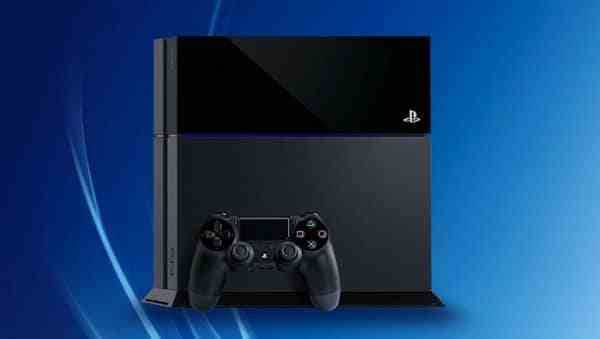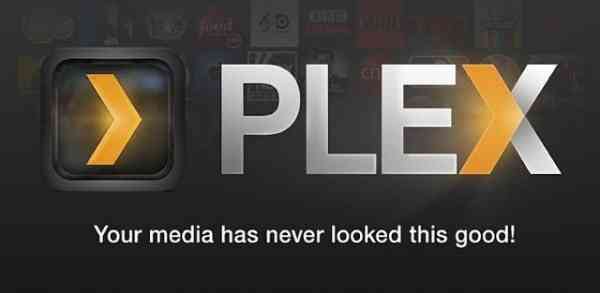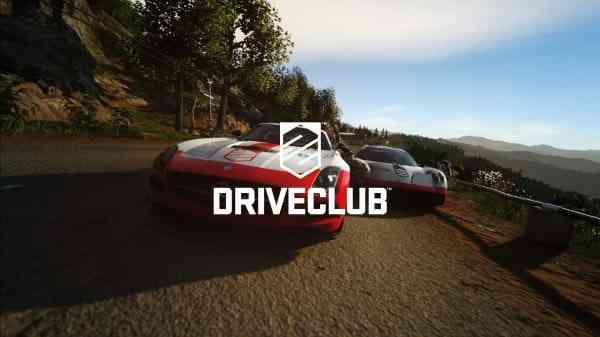There is no doubt about it. Sony has struck gold with the PS4. The company has taken its sleek, dark knight wedge of a console to digital supremacy in the home console market. Sony learned its lessons from the PS3 launch. They kept their message simple and stood back silently as Microsoft floundered about in the months leading up to the Xbox One’s launch. The PS4’s faster GDDR 5 RAM allowed developers to get more out of the console at launch. The cheaper price drove pre-orders through the roof. All these factors powered the PS4 to an impressive 18.5 million consoles sold to date. Even with a November push, the Xbox One lags behind with 10 million units sold.
Things are definitely looking rosy for Sony for this console generation with the PS4 delivering more goods than its fatter, curvy older brother ever could. But is that really true?
Looking a little closer at how Sony is positioning the PS4, a technical muzzle can be discovered. Right from launch, there was a disconcerting absence of several functions that the PS3 provided. The lack of 3D support, little in the way of DLNA support and limited third party peripheral support are just a few key features missing from the PS4 at launch. Granted, the vast majority of PS4 users probably don’t use or even miss any of these features but reducing or removing functions from a customer base is like taking back the vote. Once you get used to having something, taking it away often generates ill will.
You’re pretty, and we love you dearly, but where is our DLNA support?
For those that did use any of these previously listed features, ones that are now part and parcel with the PS3 experience, their exclusion this generation has raised the ire and eyebrows of PlayStation faithful worldwide. The lack of DLNA (aka media streaming) support is a big one. DLNA is an industry-wide standard for sharing data over a home network. If your device supports it you can stream films, video clips, music from your media library to playback on the devices scattered throughout your home. DLNA on a device requires the feature to be built-in. It is up to the manufacturer to support it. The PS3 has it, the PS4 does not.
In their fourth console release, Sony has reevaluated the digital media landscape and has set about quietly implementing a strategy to carve out a piece of that revenue stream pie. The PS4 launched with placeholder services for games, music, movies, and digital streaming baked into the operating system. Do you want to watch a video or listen to some music? You can’t do it if the content resides on your PC. You have to use one of Sony’s services.
These services include PlayStation Now, Music UnLimited and Plex. Each of these services is subscription based. Whereas with the PS3, these functions can all be done for free. It appears that DLNA support for streaming will never be given out for free. According to the PlayStation Plex site:
“Plex for PlayStation is currently available for free to PlexPass subscribers. In addition to the PlayStation app, a Plex Pass also gives you exclusive premium features and early access to new ones.”
So there you have it. You want to stream with the PS4? You are going to have to pay for it. That faint hope for free streaming when Sony opened up the PS4 enough so that we could at least play music off a USB drive are now firmly crushed.
Racing games, or sims are my main gaming genre. Enough so, that I use a Logitech G27 Force Feedback wheel for most of my racing games. The added sense of immersion makes it worth the roughly $225 Canadian dollars these specialized peripherals go for. Once you go wheel, you never go back! To joystick that is. The beauty of the G27 is the support for it across multiple platforms. Well, almost all platforms. Is it supported on the PS4? Nope.
So what do racing fans hankering for a racing wheel for their PS4 do? You bite the bullet and buy the only FFB wheel being supported from Thrustmaster which does not have cross platform support. You want to race on both consoles with a FFB wheel? Then you are looking at buying two Thrustmaster wheels! Who has money for that?! So the alternative is the PS4 controller which works OK but is unable to provide the full racing experience. Or do we not buy any PS4 racing games? It’s a tough and totally unnecessary choice and one that reflects poorly on all the manufacturers involved.
We want to play you Driveclub! Really, we do! Where is the support for all the force feedback wheels we’ve forked over big cash for?
Drive Club has finally been able to get out of the launch game garage. It’s a beautiful game that racing sim fans want to play the best way possible. Sadly we cannot. So our G27s or Fanatec or any other non-Thrustmaster brand are stuck in the pits.
Sony and Xbox One racing fans are in the same FFB Wheel support life boat. A multitude of multiplatform racers are on the horizon and we are being restricted in which ones we can play. Next generation should be a time of moving forward and elevating game play. Not one of putting up roadblocks and the brakes on.
We hope these are just growing pains, and as this cycle of game consoles moves into its second year, that gaming companies start addressing these lower priority issues. These are not big projects. Each of them could be resolved instantly with the implementation of software drivers that already exist and need only minor tweaking to get them working on the latest consoles.
I submit to Sony and associated game developers this plea. It is time to turn this NEXT generation of gaming into the NOW generation of gaming. We are tired of waiting. The time to bring back functionality that exists with your previous iteration of consoles is past due. Until then, if you are like me, without a Smart TV capable of streaming and do not want to pick an additional streaming device: I will be hanging on to my PS3.



